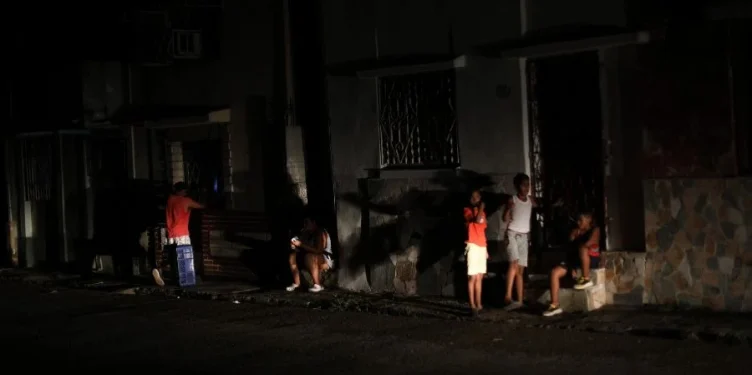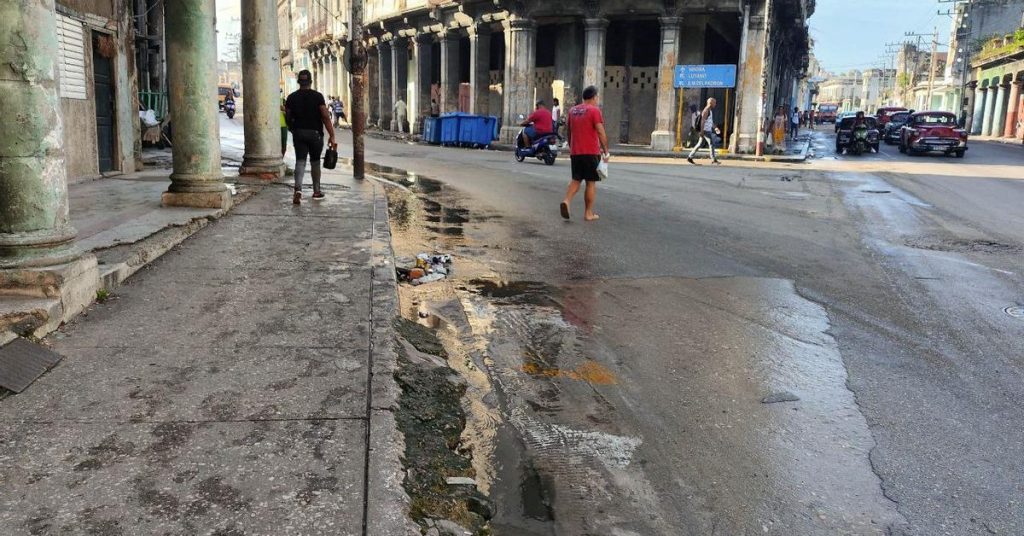Madrid, Spain.- The energy crisis in Cuba continues to aggravate with a second consecutive day of blackouts that affect approximately 50 % of the national territory. The State Electric Union (UNE) company He reported Thursday That service interruptions are due to a combination of fuel shortage and breakdowns in thermoelectric plants, some of which accumulate decades of exploitation without adequate modernization.
According to official forecasts, during the highest time, the maximum generation capacity will be 1,769 megawatts (MW), against an estimated demand of 3,400 MW. This will leave a deficit of 1,631 MW and a real affectation of up to 1,701 MW, which will result in prolonged cuts during the peak hours of the afternoon and night.
Currently, seven of the twenty units of electricity generation are out of service due to technical failures or maintenance, which has further reduced the operational capacity of the national electrical system.
In recent years, Cuba has faced frequent blackouts that have severely impacted the daily life of the population and in key economic sectors.
Independent experts point out that the Cuban electrical system undergoes chronic infinance that limits its ability to respond to breakdowns and makes any modernization plan difficult. For its part, the Cuban regime holds the economic sanctions imposed by the United States that, according to the rulers’ speech, hinder the acquisition of fuel and spare parts in the international market.
The modernization of the country’s electricity network would require, according to technical estimates, between 8,000 and 10,000 million dollars, an investment that is currently beyond the reach of the Cuban State in the midst of the deep economic crisis in which it has plunged the country.
Meanwhile, the population continues to deal with the direct consequences of the blackouts: interruptions in the water supply, food deterioration due to lack of refrigeration, and difficulties for the functioning of hospitals, schools and other essential services.

















